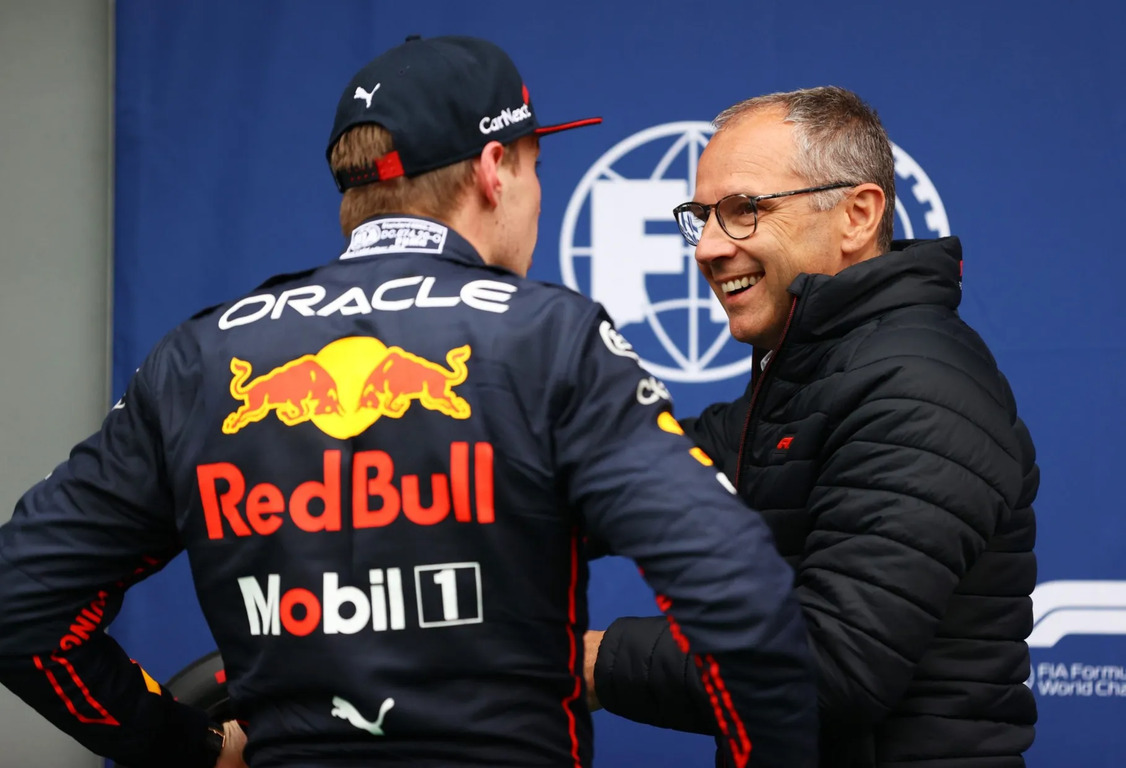Formula 1 is in the midst of a heated controversy after the FIA confirmed the addition of several new tracks to the calendar for next season. This decision has unleashed a wave of reactions among drivers, many of whom have expressed frustration, and some even fed up, with what they consider an overload of races in locations and conditions that can affect not only their performance but also their safety.

With the calendar already packed with races, the news that more circuits will be added has sparked tension between drivers and the FIA. Many leading competitors, such as Lewis Hamilton and Max Verstappen, have expressed concerns about the impact this decision will have on their personal lives and bodies. The physical and mental demands of a Formula 1 season are huge, and a longer calendar only increases the pressure on drivers, technical staff and everyone involved in the team.
Hamilton recently commented: We are at the limit; the FIA has to understand that we are human and we need a balance. These words have resonated with his colleagues, who feel that the FIA is not taking into account the long-term effects of a more dense and gruelling season.

Safety is another major factor in this controversy. Some drivers have pointed out that the new FIA-approved tracks do not have the same safety measures as traditional circuits. Although the FIA claims that all the tracks have passed the review standards, drivers argue that the risks cannot be assessed on paper alone. On-the-ground experience and real-life testing are, for them, essential before any track is included in the calendar.
Verstappen, who has been one of the most vocal, said: It is madness to keep adding circuits without thinking about how this affects driver performance and the sport in general. The FIA has to listen to our concerns. Verstappens statement has been backed by other drivers who believe F1s expansion into new regions needs to be done with more caution and responsibility.

There is no denying that Formula Ones expansion into emerging markets is largely driven by economic factors. The FIA has argued that new tracks represent opportunities to bring the sport to international audiences and, therefore, more revenue for teams and sponsors. However, drivers and other critics argue that such accelerated expansion could compromise the quality of racing and driver welfare.
Some of the new locations include cities that, while exciting for the public, present climatic and geographical challenges. This has been a cause for concern, as racing in extreme conditions increases the risks of accidents. Extreme temperatures and environments less suited to high-speed racing are some of the aspects that are generating resistance among drivers.

The FIAs decision has left a clear divide in Formula 1: as organisers look to expand their reach and attract new fans, drivers and teams struggle to find a balance between their aspirations and their physical and mental limits. The tension between the two sides suggests that talks are not over and that we will likely see adjustments in the future.
As fans look forward to the new season, it remains to be seen whether the FIA will take these criticisms seriously or push ahead with its plans. One thing is certain: the future of F1 promises to be full of challenges and excitement, both on and off the track.





